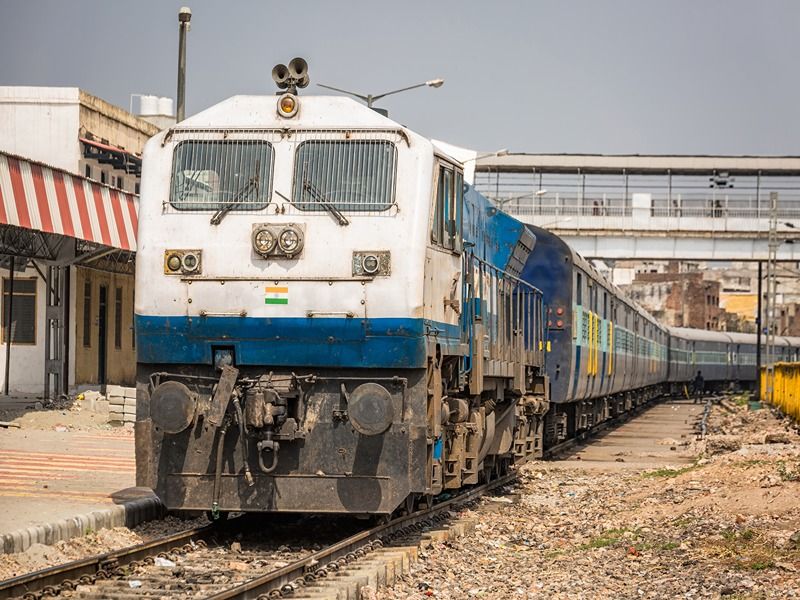Indian Railways is not just a mode of transportation; it has been constantly evolving to cater to the needs of its passengers and tourists. It is recognised as one of the largest railway networks in the world, with a length of over 119,630 kilometres. In rail production, the steel grades used are specifically chosen for their durability, resistance to wear, and ability to withstand heavy loads and environmental conditions. Here are some common steel grades and their typical compositions used in manufacturing rails:
Carbon-manganese steels are the most common steel grades used in standard rail production. They typically include about 0.6% to 1.2% carbon, which provides hardness, and 0.8% to 1.7% manganese, which improves toughness and wear resistance.
Micro-alloyed steels contain small amounts of alloys like vanadium, niobium, or titanium. For example, a typical composition might include less than 0.1% of each micro-alloy. These elements refine the grain size of the steel by forming alloy carbide precipitations ( to increase hardness and wear resistance) at the grain boundary, enhancing its strength and toughness without needing extensive heat treatments.
Pearlitic steels are named for their microstructure; they contain high carbon and manganese levels, similar to the carbon-manganese steels. Still, they are specifically treated to form a pearlitic microstructure through controlled cooling methods, enhancing strength and wear resistance. They typically contain around 0.7% to 1% carbon and 0.8% to 1.5% manganese.






 +91 7208055523
+91 7208055523
 Help & support
Help & support
